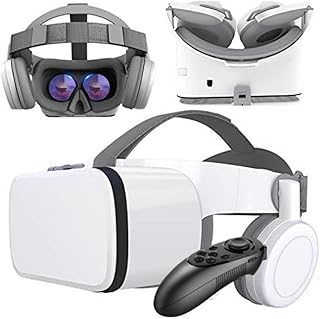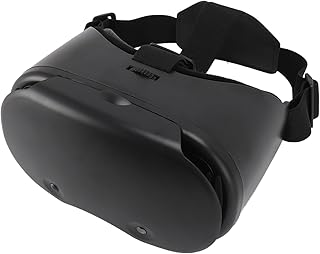Reflecting on the impact of the September 11 terrorist attacks, Adam M. McMahon, an associate professor of political science at Rider University, sought innovative ways to educate students who have no firsthand memory of the tragic events. The aftermath of 9/11 continues to shape the United States, and McMahon emphasizes the significance of understanding the policy decisions made in response to the attacks.
McMahon highlights the importance of teaching students about the historical context of the George W. Bush administration’s choices post-9/11, including the decisions to invade Afghanistan and Iraq and the establishment of the Department of Homeland Security. By using virtual reality technology, McMahon aims to engage students in critical analysis of these pivotal moments in history and their implications on national security.
With the aid of virtual reality headsets obtained through funding from the National Endowment for the Humanities, McMahon designed a unique learning experience for his students at Rider University. By incorporating a VR documentary, “Surviving 9/11: 27 Hours Under the Rubble,” students are transported into the harrowing experience of Genelle Guzman-McMillan, the last survivor rescued from the World Trade Center collapse.
Pairing the VR video with readings from authoritative sources like the “9/11 Commission Report” and Richard A. Posner’s dissent, McMahon encourages students to critically analyze the events of 9/11 and their aftermath. The immersive nature of virtual reality allows students to empathize with the real-life dangers faced by individuals like Guzman-McMillan and comprehend the magnitude of the tragedy.
McMahon underscores the importance of ensuring that the VR experience does not traumatize students and acknowledges the need for alternative assignments for those who may be sensitive to the technology. By combining the immersive VR experience with reflective writing assignments, McMahon aims to deepen students’ understanding of the impact of 9/11 and foster critical thinking skills in the classroom.
Recognizing the evolving landscape of higher education and the challenges of engaging modern college students, McMahon advocates for the use of VR technology as a tool to enhance learning outcomes and spark interest in complex subjects like homeland security. By leveraging innovative teaching methods, educators can effectively convey the gravity of historical events and encourage students to critically evaluate past policy decisions.
As McMahon continues to explore the intersection of technology and education in his teaching practices, he emphasizes the role of VR in providing a dynamic and engaging platform for students to connect with historical events like 9/11. By leveraging immersive experiences, educators can bridge the gap between past tragedies and present-day understanding, fostering a deeper appreciation for the complexities of national security and policy decisions.
📰 Related Articles
- University of Sydney Empowers Student Entrepreneurs for Global Impact
- Youth vs. Experience: Impact of Age in Piano Competitions
- Young Rider Dominates Melbourne International Equestrian Event
- Young Chinese Pupils’ Kindness Towards Crashed Delivery Rider
- Young Australian Rider Shines at CHIO Aachen Dressage Competition






